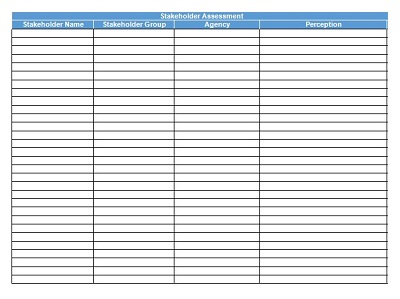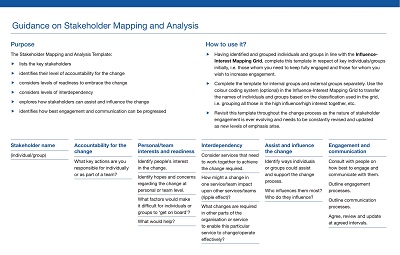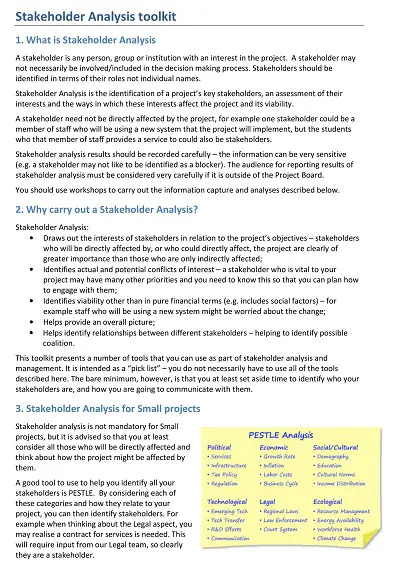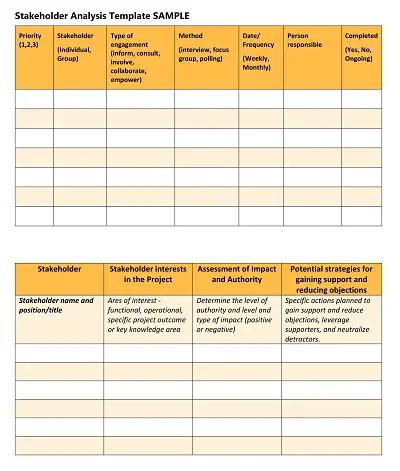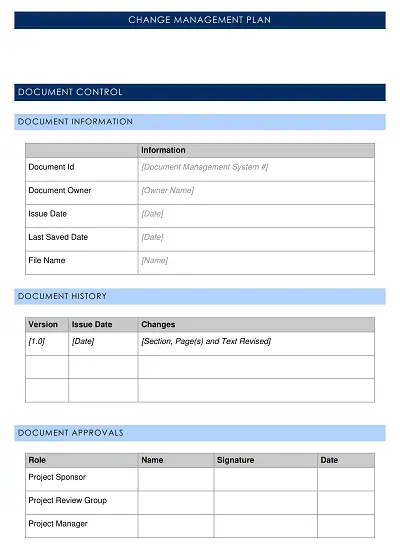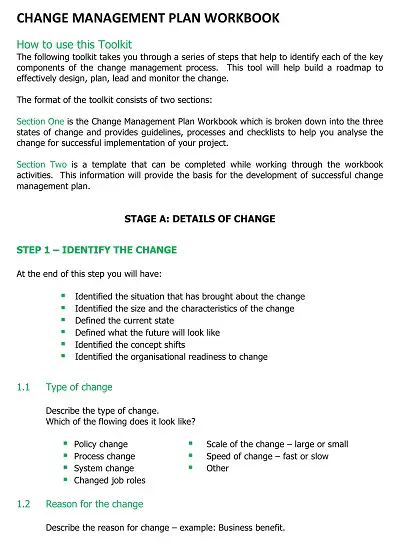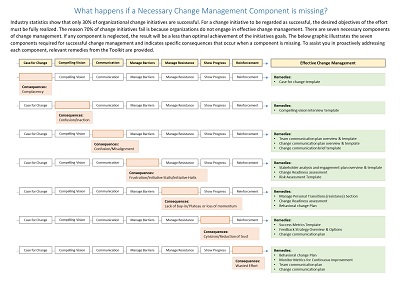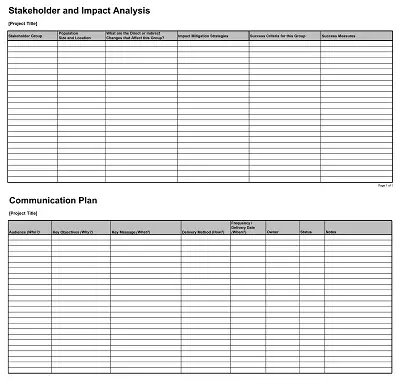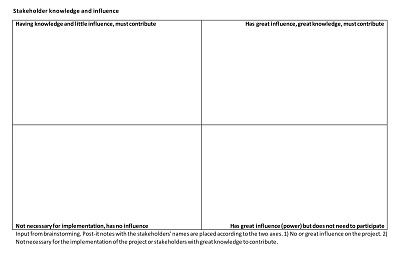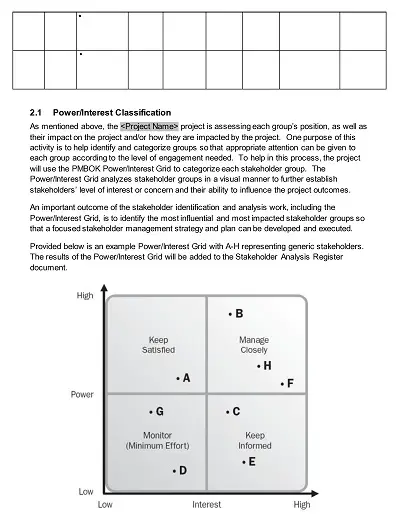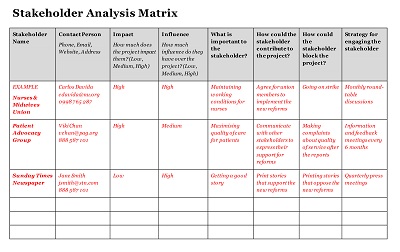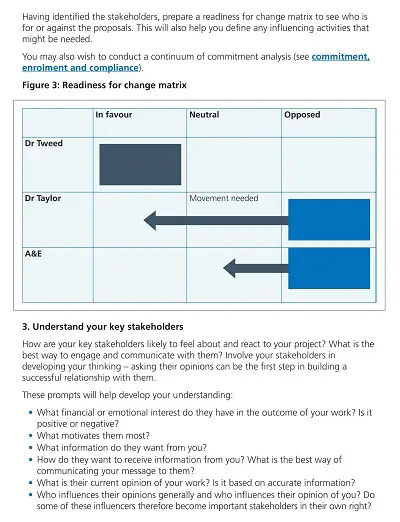17+ Free Stakeholder Analysis Change Management Examples & Templates
A stakeholder analysis is a method that assists organizations to identify and understand the various internal and external stakeholders involved in a process or initiative. It helps define the roles of each group and outlines what their respective needs and expectations are to ensure successful project completion.
Table of Contents
Change management takes this further, by helping organizations adjust their structures, infrastructure, process, and roles to facilitate desired change. Templates provide useful guidance when carrying out either of these analyses, allowing easily understandable processes to be established as well as offering best practices for use during stakeholder engagement.
Download Free Stakeholder Analysis Change Management Examples & Templates
Identifying Key Stakeholders and their Interests
Identifying key stakeholders and their interests is an important step in many projects. Stakeholders are people or groups who are affected by the project, either directly or indirectly. Knowing who these stakeholders are and understanding their interests is essential to ensure successful project outcomes.
It also helps to identify potential areas of conflict and to plan strategies that will gain stakeholder support. Taking the time to thoroughly perform this research can lead to beneficial collaborations, ultimately advancing the project while meeting the objectives of all stakeholders involved.
Implementing Stakeholder Engagement Activities
Stakeholder engagement activities can be essential in developing successful strategies, products, and services. By listening to stakeholders, organizations can interpret customer needs to identify solutions to customer problems.
Additionally, engaging stakeholders through surveys, focus groups, interviews, and other feedback channels can help organizations establish trust with customers and build a better understanding of their preferences and behaviors. Ultimately, these activities enable organizations to tailor customer-centric initiatives that address the real needs of their customers as well as improve customer experience.
Benefits of Stakeholder Analysis in Change Management
Stakeholder analysis is a powerful tool for change management. By identifying who holds influence and decision-making power, businesses can identify the right people to involve in a project and better plan how the change process should be managed. The technique also helps understand what impact each stakeholder may have on the success or failure of a project.
By assessing these factors, effective strategies can be put in place so that change is applied smoothly, minimizing disruption while also increasing support among key stakeholders. A stakeholder analysis, therefore, forms an essential component of successful change management.
Why Is Stakeholder Analysis Important?
Stakeholder analysis is an important process because it helps organizations identify potential risks associated with making certain changes. By analyzing all stakeholders, companies can better understand how different individuals might be impacted by any proposed changes and plan accordingly for any potential risks that may arise from these changes.
Additionally, stakeholder analysis helps companies create effective communication strategies for managing resistance to change among those affected by it. This helps reduce potential conflicts between the different stakeholders before they even occur, allowing for smoother transitions when implementing new processes or procedures within an organization.
How to Create a Stakeholder Analysis Change Management Examples & Template
Creating a stakeholder analysis for the successful implementation of change management is a beneficial first step in any type of project. It requires accounting for individual needs and understanding the relationships that each stakeholder has with the project. Knowing how stakeholders will be affected by a proposed change, as well as their reactions to a new outcome, can drive engagement with the change plan and ensure the adoption of new processes. This process can be simplified through the utilization of a stakeholder analysis template that allows managers to efficiently identify relevant information and create an effective strategy for successful change management.


